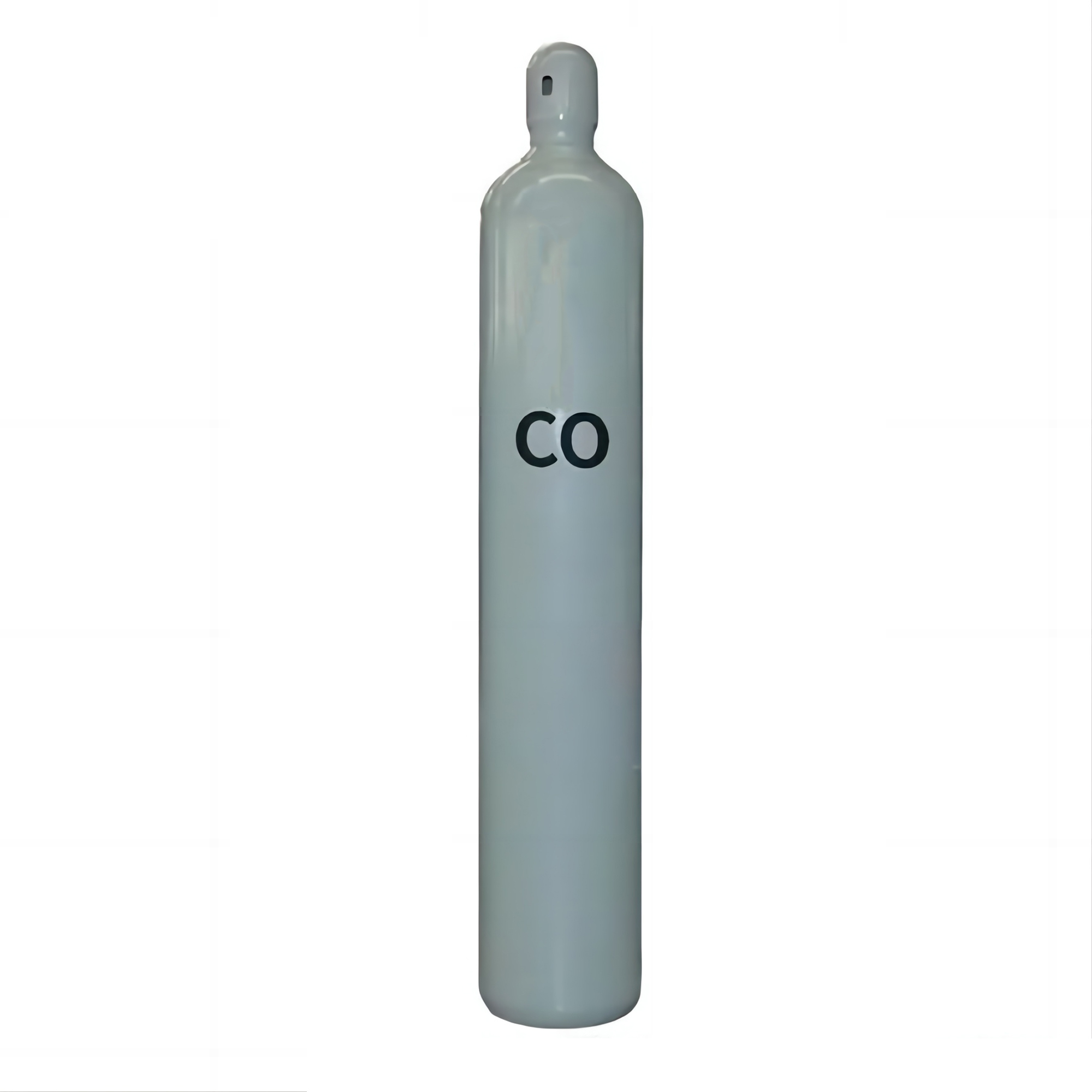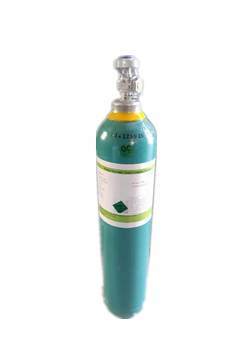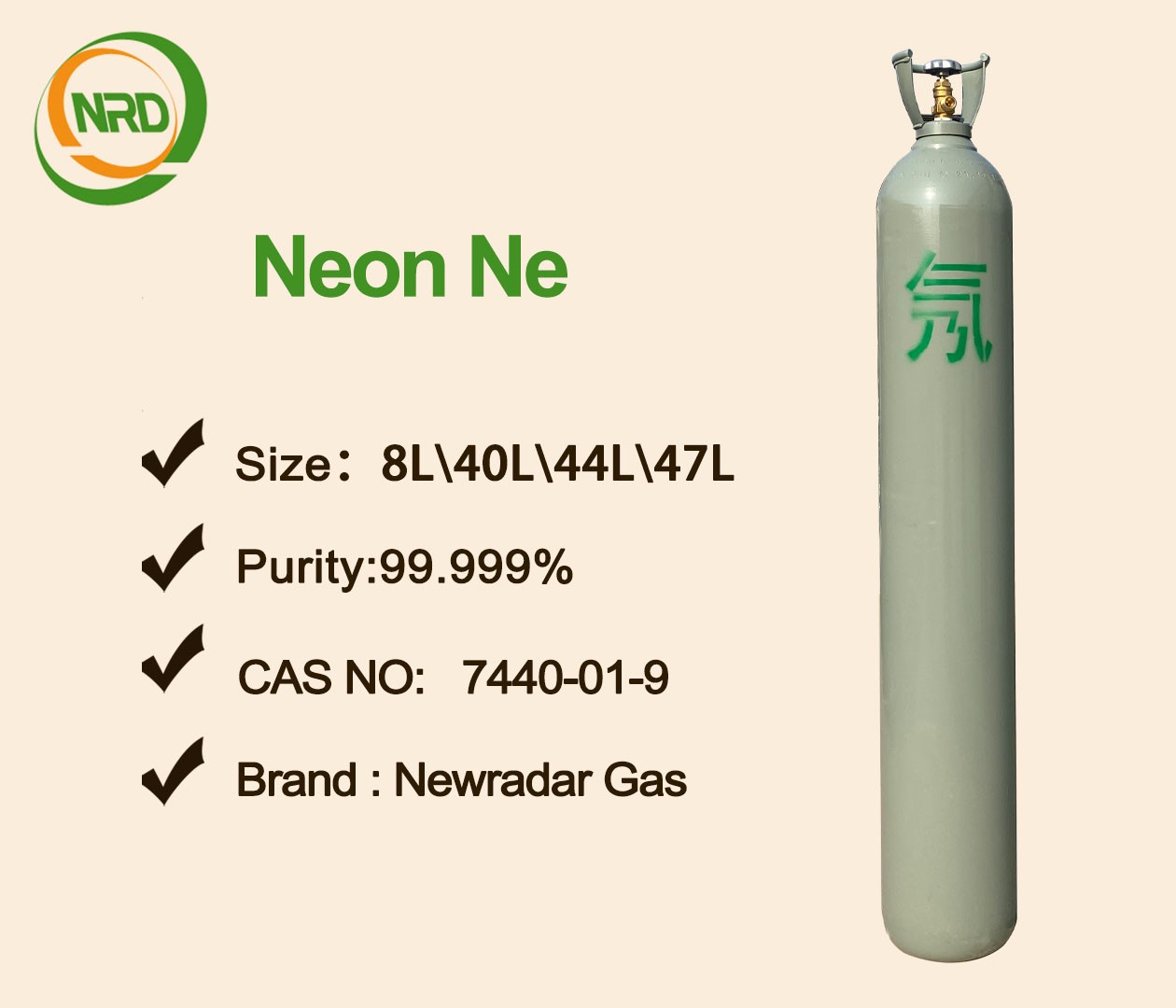Different laser gases have different properties
Helium is an inert industrial gas with high thermal conductivity, which can protect the welding pool and prevent oxidation of metals such as aluminum, stainless steel, copper and some magnesium alloys when heat input needs to be increased during welding.
Argon is used to construct an inert gas shield and is usually mixed with other industrial gases such as carbon dioxide, oxygen, hydrogen, and nitrogen to enhance arc stability and characteristics of the gas shielded metal arc welding (GTAW) process.
High purity carbon dioxide gas is often mixed with argon to form a shielding gas that prevents air contamination of the molten metal during the arc welding (GTAW) process.
Oxygen can be used as plasma cutting gas and laser cutting auxiliary gas, but also can be added as a small amount of protective gas, used in carbon and stainless steel welding.
Hydrogen is the lightest of all gases. Used to improve plasma welding and cutting operations, hydrogen is often mixed with argon for stainless steel welding because it reduces oxides.
High purity nitrogen can be used as auxiliary gas for laser cutting or plasma cutting and as protective gas for stainless steel welding.
Acetylene has the highest flame temperature of all commercially available combustible gases, providing an ideal combustion environment for oxy-fuel welding and cutting and brazing operations.





 Facebook
Facebook YouTube
YouTube LinkedIn
LinkedIn Twitter
Twitter